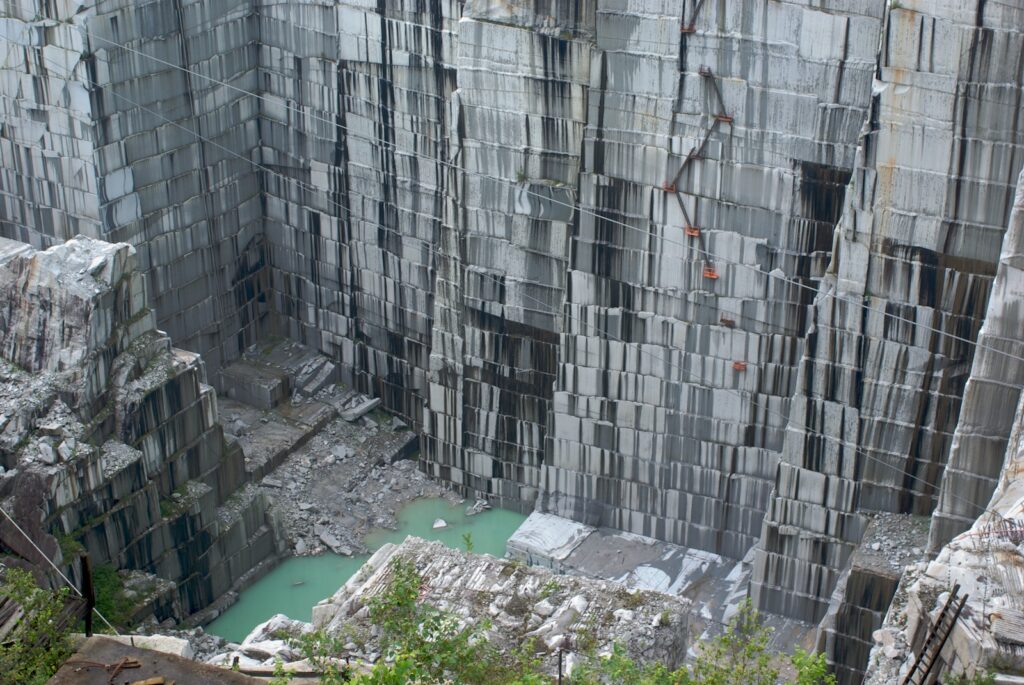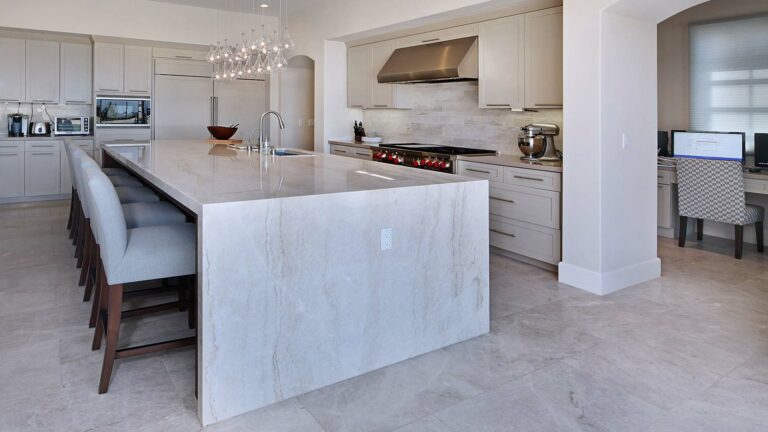The countertop fabrication and installation industry in the United States has a long and rich history. It began in the early 1900s, when countertops were made from a variety of materials, including wood, marble, and granite. In the 1950s, laminate countertops became popular due to their low cost and durability. In the 1970s, quartz countertops became available and quickly became the preferred material for countertops due to their beauty and durability. Here are some of the key events that have shaped the history of the countertop fabrication and installation industry in the United States.

Countertop Fabrication Becomes the Latest 1800s Fad
Countertops were purely utilitarian until the 1800s. This is when upscale kitchens began using luxury materials like marble, fine wood, and even metal. These status symbols were mostly reserved for parlors, pantries, and other serving areas which guests would see. The kitchen itself was typically constructed with sturdy wood with extraordinarily little thought to aesthetics. Still, this is a turning point in the history of countertops. The Industrial Revolution brought about significant advancements in the extraction and processing of granite and quartz. With the development of new machinery and techniques, it became possible to quarry and transport larger blocks of granite more efficiently. These advancements also allowed stone quarries and fabricators to produce thinner slabs, making granite more affordable and accessible for a wider range of applications.
The Industrial Revolution Comes to the Home in the 1880s
The Industrial Revolution also created the upper and lower-middle classes. The use of marble and granite as showy parlor-room materials became popular in wealthy homes. The upper-middle class often mimicked the trends of upper-class estate owners and nobles. However, they did not have separate serving areas in their smaller homes, they used showy natural stone within their regular kitchens. Soapstone and slate were plentiful in the Northeast. Marble became popular everywhere as pastry chefs realized how much easier it was to roll dough on the cool surface. After that, granite found its way into the homes of Americans everywhere. Even traditional wood surfaces were transformed into the butcher block we are familiar with today. Homeowners realized they could build a kitchen with both form and function, changing kitchen design forever. The increasing trend of homeowners cooking their own meals further increased the desire for an aesthetically pleasing and efficient workspace.
Countertop Fabrication Industry Developments 1900 to 2010
- 1900s: In the early 1900s metals such as stainless steel and nickel became popular.
- 1920s: The influenza epidemic drove a movement for easy to clean cooking surfaces. Concern about easily cleanable surfaces and the ability to see where the dirt was lurking was reflected in the initial use of white subway tile on walls and countertops.
- 1950s: Laminate countertops become popular due to their low cost, durability, and vast array of potential colors including pink and green.
- 1970s: Granite countertops become readily available and quickly become the preferred material for countertops due to their beauty and durability.
- 1980s: Ceramic tile becomes widely used due to its many color, size, and pattern options.
- 1990s: Solid surface countertops become popular due to their versatility and durability.
- 2000s: Natural stone countertops, such as granite and marble, make a comeback due to their popularity in home improvement television shows. New supply chain sources and shipping cost reductions for stone from India and Brazil help to foment new demand for natural stone and quartz countertops.
- 2010s: Quartz countertops continue to be the most popular material for countertops, but other materials, such as quartzite, porcelain slab, concrete, and stainless steel, also gain popularity.
Today, the countertop fabrication and installation industry are a multi-billion-dollar industry. The industry is expected to continue to grow in the coming years, as more homeowners renovate their kitchens and bathrooms. Here are some of the factors that are driving the growth of the countertop fabrication and installation industry:
- The increasing popularity of home improvement projects in older homes.
- The rising demand for high-quality and durable countertops. As home prices have increased so has the desire for high-end finishes.
- The introduction of new and innovative countertop materials.
The countertop fabrication and installation industry is a dynamic and growing industry. It is an exciting time to be involved in this industry, as there are many opportunities for innovation and growth. Production finish quality has improved to the point where it can be hard to tell whether a countertop is true marble, quartz, granite, quartzite, soapstone, or another type of natural stone. Be sure to read our guide to learn more about the assorted options available to you in the South Sound area.
